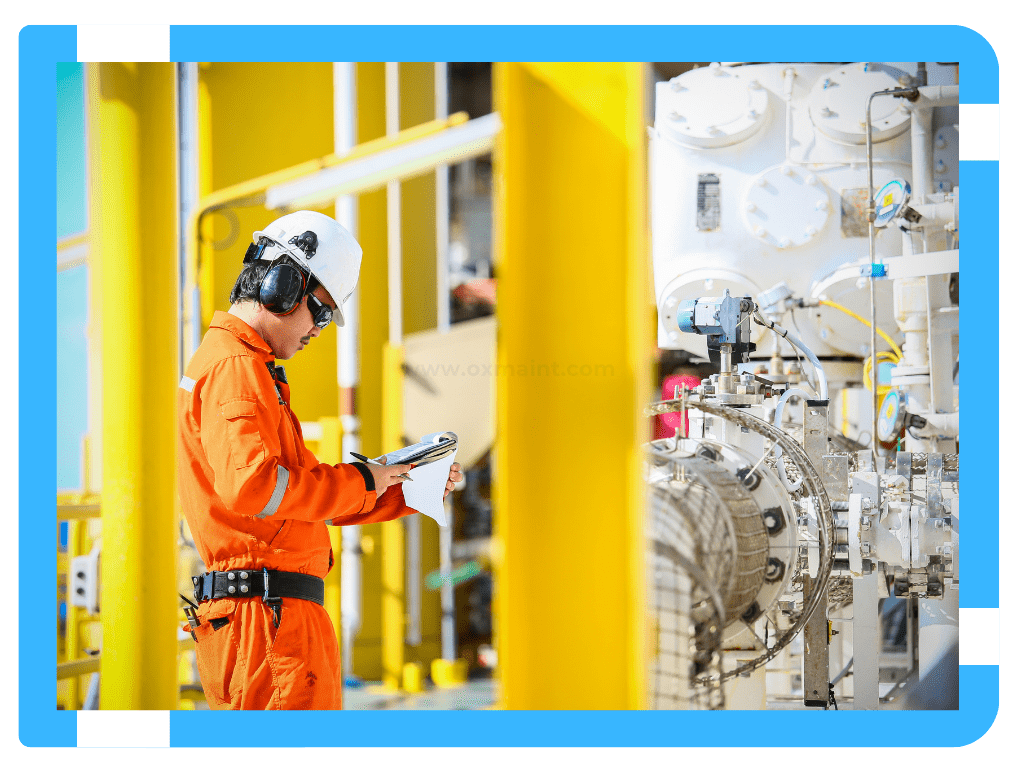Operations and maintenance (O&M) in facility management is a critical component that ensures the functionality, safety, and sustainability of buildings and infrastructures. This process encompasses a variety of activities designed to maintain the physical assets of a facility, ranging from routine inspections to emergency repairs. The significance of O&M cannot be overstated, as it directly impacts operational efficiency, tenant satisfaction, and overall asset value.
At its core, operations and maintenance involves the systematic approach to managing a facility’s day-to-day operations. This includes everything from the mechanical systems that regulate heating, ventilation, and air conditioning (HVAC) to the electrical systems that provide power and lighting. A well-managed O&M program ensures that these systems operate at peak performance, which is vital for energy efficiency and occupant comfort. Regular maintenance schedules help to identify potential issues before they escalate into costly repairs. For instance, routine HVAC inspections can prevent system failures during extreme weather conditions, ensuring that occupants remain comfortable and safe.
Preventive maintenance is a key strategy within the O&M framework. By conducting scheduled maintenance tasks, such as replacing filters, lubricating moving parts, and inspecting safety systems, facility managers can extend the life of equipment and minimize unplanned downtime. This proactive approach not only reduces costs associated with emergency repairs but also improves the overall reliability of the facility. Moreover, implementing a preventive maintenance program can lead to significant energy savings. According to the U.S. Department of Energy, effective maintenance can improve energy efficiency by up to 30%, which is crucial in today’s climate-conscious environment.
Another important aspect of O&M is compliance with health and safety regulations. Facilities must adhere to various codes and standards that govern building operations, fire safety, and environmental impact. Regular inspections and maintenance are essential to ensure compliance with these regulations. For example, fire alarm systems must be tested periodically to ensure they function correctly in the event of an emergency. Failure to comply with safety regulations can result in severe consequences, including legal penalties and increased liability for facility owners.
The integration of technology into O&M processes has revolutionized facility management in recent years. Building management systems (BMS) and computerized maintenance management systems (CMMS) are becoming increasingly prevalent, enabling facility managers to monitor and manage operations more efficiently. These systems allow for real-time data collection and analysis, providing insights into equipment performance and energy consumption. By leveraging this data, facility managers can make informed decisions about maintenance schedules and resource allocation. For instance, predictive maintenance, powered by advanced analytics, can forecast equipment failures before they occur, allowing for timely interventions that prevent disruptions.
Energy management is another critical component of O&M in facility management. With rising energy costs and increasing environmental concerns, facility managers are under pressure to implement strategies that reduce energy consumption. This involves not only maintaining existing systems for optimal performance but also exploring energy-efficient upgrades and retrofits. Facilities can benefit from energy audits to identify areas for improvement, such as insulation enhancements, lighting upgrades, and the installation of energy-efficient appliances. These initiatives not only lower operational costs but also enhance the sustainability profile of the facility.
Staff training and development play a vital role in the effectiveness of O&M operations. Facility management is a dynamic field that requires a diverse skill set, from technical knowledge of systems to interpersonal skills for effective communication with tenants and stakeholders. Continuous training ensures that staff remain up-to-date with the latest technologies, regulatory requirements, and industry best practices. This investment in human capital translates to improved service delivery, as well-trained personnel can identify issues quickly and implement solutions efficiently.
Sustainability is increasingly becoming a focal point for facility management and O&M practices. The push for greener buildings and operations aligns with broader global efforts to combat climate change. Facility managers are adopting sustainable practices, such as implementing recycling programs, using eco-friendly materials, and optimizing resource use. Moreover, the incorporation of renewable energy sources, such as solar panels, is becoming more common in facility operations. By prioritizing sustainability, facilities can reduce their environmental footprint while potentially lowering operational costs.
In addition to these operational aspects, communication and collaboration are essential components of effective O&M. Facility managers must work closely with various stakeholders, including tenants, contractors, and service providers, to ensure that all parties are aligned on expectations and responsibilities. Regular communication helps to foster a sense of community within the facility, as tenants feel more engaged and informed about the services being provided. Collaboration with external contractors can also lead to enhanced service delivery, as specialized vendors can offer expertise and resources that may not be available in-house.
Ultimately, the success of operations and maintenance in facility management hinges on a comprehensive strategy that encompasses preventive maintenance, compliance, technology integration, energy management, staff training, sustainability, and effective communication. By focusing on these key areas, facility managers can optimize operations, enhance tenant satisfaction, and extend the lifespan of assets. In a rapidly changing environment, the ability to adapt and innovate in O&M practices will determine the future success of facility management.
As we move forward, it is clear that operations and maintenance will play an increasingly pivotal role in the realm of facility management. By embracing new technologies, prioritizing sustainability, and fostering a culture of continuous improvement, facility managers can ensure that they are not only maintaining buildings but also enhancing the quality of life for the occupants within them. In doing so, they contribute to the broader goal of creating safe, efficient, and sustainable spaces that meet the needs of today and the challenges of tomorrow.
Effective operations and maintenance in facility management require a multifaceted approach that considers the complexity of building systems and the evolving needs of occupants. As the industry continues to evolve, those who prioritize O&M will be well-positioned to navigate the challenges and opportunities that lie ahead.
Call to Action: Gulfektimal




